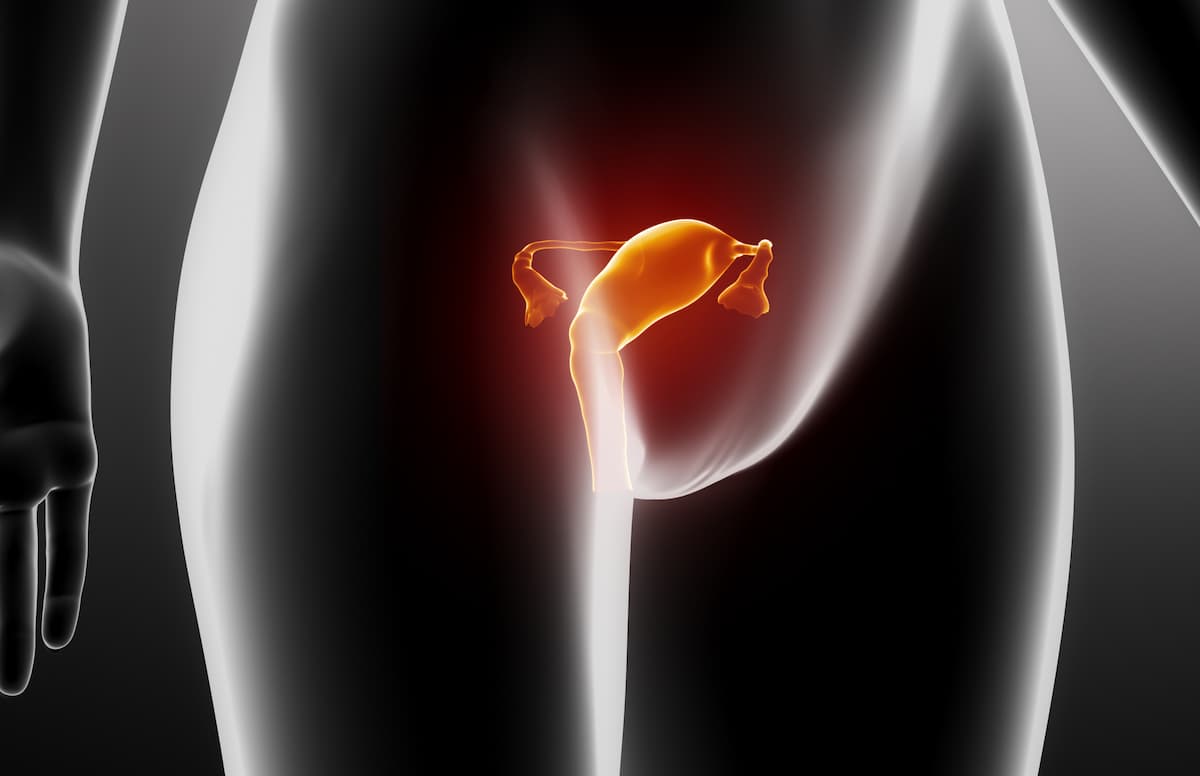Ovarian Cancer Linked to Genital Talcum Powder Use
Results of the Sister Study cohort found an increased risk of ovarian cancer when enrolled patients used genital talcum powder throughout young adulthood.
"This study leverages detailed lifetime exposure histories, and the unique design of the Sister Study, to provide more reliable evidence that supports a potential association between long-term and frequent genital talc use and ovarian cancer," according to Katie M. O’Brien, PhD.

The use of genital talcum powder (talc) has been associated with an increased risk of ovarian cancer, according to an extensive analysis of the Sister Study cohort published in the Journal of Clinical Oncology.1
Data were collected on 50,884 women enrolled in the study and found the use of genital talc use was positively associated with ovarian cancer (HR, 1.17-3.34). The cohort study collected data on those who douched which was 41% to 64% of the population and 35% to 56% used genital talc. Of those who douched throughout young adulthood, there was a positive association with ovarian cancer but not breast or uterine cancer. When talc status was reassigned, positive biases were presented in 25% of those exposed and in 10% of unexposed cases (HR, 1.40; CI, 1.04-1.89).
"Despite challenges in assessing exposure history and biases inherent in retrospective data, our findings are robust, showing a consistent association between genital talc use and ovarian cancer," lead study author Katie M. O’Brien, PhD, researcher at the Epidemiology Branch of the National Institute of Environmental Health Sciences, stated in the press release of the study. "This study leverages detailed lifetime exposure histories, and the unique design of the Sister Study, to provide more reliable evidence that supports a potential association between long-term and frequent genital talc use and ovarian cancer."
The Sister Study was established in July 2003 and enrolled women who did not have a history of breast cancer, aged 35 to 74 years, lived in the United States and Puerto Rico, and had a sister diagnosed with breast cancer.2 Enrollment ended in March 2009. The study investigators deployed several strategies to recruit women who were minorities, of lower education, and who were older.
The study page noted that women who had sisters diagnosed with breast cancer have twice the risk of developing breast cancer. Because of a sister’s shared environment, genes, and experiences, this can help investigators identify risk factors to help prevent breast cancer.
During data collection, a series of questions were asked regarding lifestyle, health, and environmental exposure. Follow-up was conducted every 2 to 3 years that helped to track changes in the participant’s life and helped to collect new data.
During the study, patients have been asked to report any cancer diagnosis, except for non-melanoma skin cancers at baseline and periodic follow-ups. If a diagnosis is disclosed, permission is granted for the study investigators to contact the patient’s health care providers to retrieve medical records and pathology reports to supplement any self-reported data.
Data from a January 2024 article assessing the use of personal care products mixtures and hormone-sensitive cancers in the Sister Study found an association between these products and breast cancer with an indication for ovarian and uterine cancers as well.3
Over the 11.6 years of the Sister Study, 4226 breast cancer diagnoses occurred, 277 ovarian, and 403 uterine. Additionally, the hygiene mixture had a positive association with ovarian cancer (HR, 1.35; 95% CI, 1.00-1.16) and beauty mixtures with postmenopausal breast cancer (HR, 1.08; 95% CI, 1.01-1.16). Investigators also highlighted an inverse association between skincare mixture and breast cancer (HR, 0.91; 95% CI, 0.83-0.99).
"This study underscores the potential risks associated with intimate care products, particularly genital talc. The evidence adds to a growing body of literature that suggests such products could contribute to an increased risk of ovarian cancer, especially among frequent users and those using these products in their 20s and 30s," Fumiko Chino, MD, assistant attending radiation oncologist at Memorial Sloan Kettering Cancer, stated in the press release.
References
- Study finds association between genital talc use and increased risk of ovarian cancer. News release. American Society of Clinical Oncology. May 15, 2024. Accessed May 16, 2024. https://shorturl.at/boATU
- The Sister Study. For researchers. Accessed May 16, 2024. https://shorturl.at/glnD8
- Chang CJ, O'Brien KM, Keil AP, et al. Use of personal care product mixtures and incident hormone-sensitive cancers in the Sister Study: A U.S.-wide prospective cohort. Environ Int. 2024;183:108298. doi:10.1016/j.envint.2023.108298
Late Hepatic Recurrence From Granulosa Cell Tumor: A Case Report
Granulosa cell tumors exhibit late recurrence and rare hepatic metastasis, emphasizing the need for lifelong surveillance in affected patients.